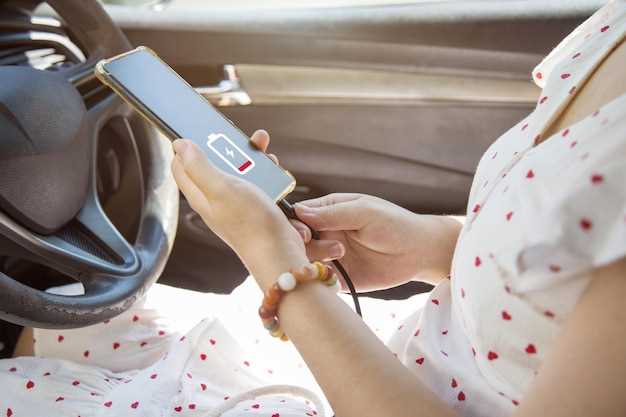
In today’s fast-paced world, upgrading to a new vehicle often involves navigating the complexities of trade-in options. If you’re considering trading in your old car for a sleek Dodge Charger, understanding the trade-in process is essential. This guide is designed to simplify the steps you need to take, ensuring that you receive the best value for your old car while making your transition smooth and efficient.
Many car owners underestimate the potential value of their trade-in. By doing a bit of homework and understanding the market, you can maximize your trade-in value, which can significantly reduce the cost of your new Charger. In this article, we’ll explore how to assess your old vehicle’s worth, what factors influence the trade-in price, and the best strategies to negotiate with dealers.
From preparation to negotiation, we will provide you with actionable tips and tricks to make your trade-in experience as straightforward as possible. By following our outlined steps, you can confidently step into the dealership, knowing you are making an informed decision. Get ready to drive away in the Charger of your dreams while ensuring that your old vehicle earns you a fair return!
Assessing Your Old Car’s Value Before the Trade-In

Before you proceed with a trade-in for your new Charger, it is essential to accurately assess the value of your old car. This step not only helps you ensure a fair deal but also confirms you are getting the most out of your current vehicle.
Start by researching the current market trends. Various online platforms offer tools to estimate your car’s value based on its make, model, year, mileage, and condition. Websites like Kelley Blue Book and Edmunds provide reliable estimates that reflect current market conditions.
Next, evaluate the physical condition of your car. Check for any noticeable damages, including scratches, dents, or mechanical issues. Being honest about your car’s condition is crucial, as it impacts the trade-in value significantly. Additionally, gathering maintenance records and any documentation of repairs can strengthen your bargaining position.
Consider the demand for your specific car model as well. If your vehicle is a popular make and model in your area, its trade-in value may be higher. On the other hand, less popular vehicles might not yield as much value, regardless of their condition.
Lastly, having a realistic expectation regarding the trade-in value is vital. Understand that dealerships often factor in their profit margin, which might result in a lower offer than you anticipated. By approaching the trade-in with a well-informed perspective, you can negotiate more effectively and secure a deal that aligns with your expectations.
Navigating the Trade-In Process for a Charger

When looking to trade in your old vehicle for a Charger, understanding the trade-in process is crucial for maximizing your vehicle’s value. Start by researching the current market value of your old car, using online resources and valuation tools. This knowledge will empower you during negotiations.
Next, prepare your vehicle for appraisal. Clean both the interior and exterior thoroughly, and make sure to address any minor repairs that can enhance its appearance. A well-presented car often leads to better trade-in offers.
Collect all necessary documents, including the title, registration, and maintenance records. Transparent history can significantly increase buyer confidence and potentially the trade-in value.
Once your car is prepared, visit multiple dealerships to get different trade-in quotes. This can help you gauge the market and increase the chances of getting a competitive offer for your old vehicle.
During negotiations, be ready to discuss not only the condition of your car but also your expectations for the Charger you want to purchase. Highlight any specific features or performance aspects of the Charger that matter to you to create a compelling offer.
After agreeing on a trade-in amount, ensure that all terms are clearly defined in your contract. Review the final paperwork carefully to understand how the trade-in value is applied to the purchase price of your new Charger.
Following these steps will help streamline the trade-in procedure and make your transition to a new Charger smooth and efficient.
Maximizing Trade-In Offers from Dealerships
When considering trading in your old vehicle for a new charger, it is essential to maximize the value of your trade-in offer. Several strategic steps can help you achieve a better deal at the dealership.
First, assess your current car’s market value. Use online valuation tools, like Kelley Blue Book or Edmunds, to get an estimate based on its make, model, year, condition, and mileage. This knowledge gives you a solid baseline when negotiating with dealerships.
Next, ensure that your vehicle is in the best possible condition. Detailing your car, fixing minor repairs, and maintaining it well can significantly enhance its appeal. A clean, well-kept vehicle often translates to higher offers.
Timing also plays a crucial role. Dealerships often have quotas to meet, and you may receive better offers at the end of the month or during sales events. Research seasonal promotions and align your trade-in efforts accordingly.
Moreover, do not hesitate to shop around. Visit multiple dealerships to compare offers. Sometimes, the best trade-in values come from competition among dealers. Presenting offers from one dealership to another can also work in your favor.
Lastly, be prepared to negotiate. Understand the value of your trade-in and be confident in your discussions. If the offer feels low, express your concerns and back them up with data. A knowledgeable customer often receives a more favorable deal.
By following these steps, you can maximize your trade-in offer when moving from your old car to a vibrant new charger.




